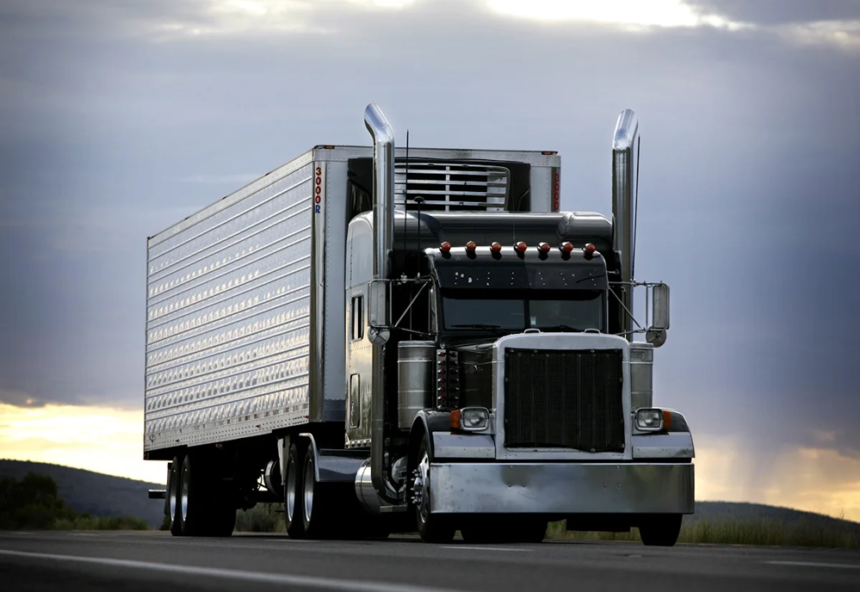As we weave through the intricate fabric of the road, have you ever taken a moment to appreciate the sophisticated design and functionality of the vehicles assisting us in our daily commute? Have you ever wondered what silent heroes go unnoticed in providing us with that secured travel experience? One such humble component is the truck bumper bar. Cumbersome as it may seem, it harbours a vital role in ensuring safety on roads, prime among them being damage limitation during accidents. But just how important are truck bumper bars? Is their value limited to just that – guarding against impact in dire situations? Read on, as we journey through the anatomy of trucks, deciphering the story of their unsung, yet sturdy protectors the bumper bars.
Unfolding the Saga of Truck Bumper Bars
A glimpse into the past reveals interesting anecdotes about the origins and modifications in truck bumper bar designs. Initially devised as mere aesthetic embellishments, they evolved into significant safety devices, with their purpose revolving around absorbing impact during collisions, protecting vital parts of the vehicle and its passengers.
Diving into their structure, they are typically made from heavy-duty materials such as steel or aluminum and are meticulously designed to withstand severe impacts. Not just that, they are also resistant to rust and corrosion, increasing their longevity.
The Mechanism of Bumper Bars
In the event of a collision, the bumper bar acts as a shock absorber. The energy from impact is absorbed and dispersed to minimize damage to both the vehicle and its passengers. The collective effort of its particular design and rigid material safeguards not just the truck’s front end, but also its engine, cooling system, and other critical parts.
Pros and Cons of Truck Bumper Bars
Bumper bars are a staple for truck safety. Besides providing protection during collisions, they support in reducing injury severity particularly in low-speed collisions. Also, their versatile designs often include hooks and winches for towing and recovery operations.
However, as with anything, bumper bars do have their share of disadvantage. Due to their robust design, they tend to be heavy and bulky which may slightly affect fuel economy. Plus, the cost of their repair or replacement can be high.

Types of Bumper bars
Designed to cater to a diverse range of user specifications, bumper bars come in various different forms and functionalities such as standard, deep drop, and American style bars. From everyday road safety to hazardous off-road endeavors, the right kind of bumper bar can support differing needs effectively.
he Rising Popularity of Custom Truck Bumper Bars
Custom truck bumper bars have taken the trucking world by storm, meeting needs of individual customization and specific utility requirements. Upgraded designs not only lend unique aesthetics but also enhance protection and resilience.
Legal Considerations for Bumper Bars
While they ensure safety, it’s crucial to understand that bumper bars have mandated legal obligations prescribed by traffic regulations. From size restrictions to necessary accessories like safety chains, your bumper bars need to adhere to legal parameters.
Conclusion
Thus, while truck bumper bars may seem like an unremarkable component, the crucial role they play in road safety is unquestionable. They represent a harmonious blend of form and function, a necessary armor in the bustling world of vehicular movement. While their presence may be unobtrusive, their absence could potentially invite severe consequences. Hence, they stand not as mere buffers but as silent wardens of the road! Understanding their critical importance helps us appreciate the intricate network of design and thought invested in our everyday travel, reinforcing the belief that in design, no element is trivial.



